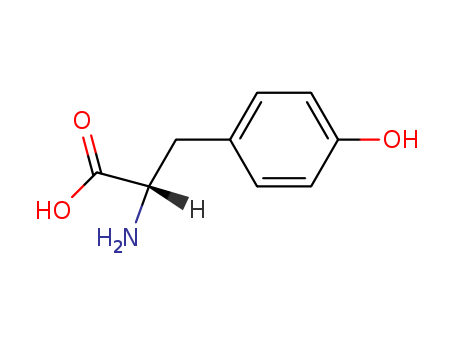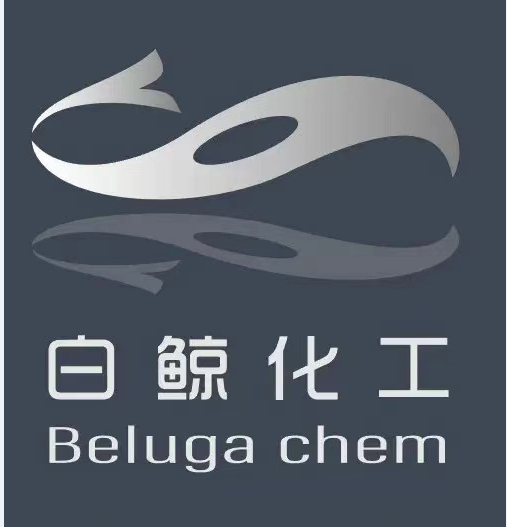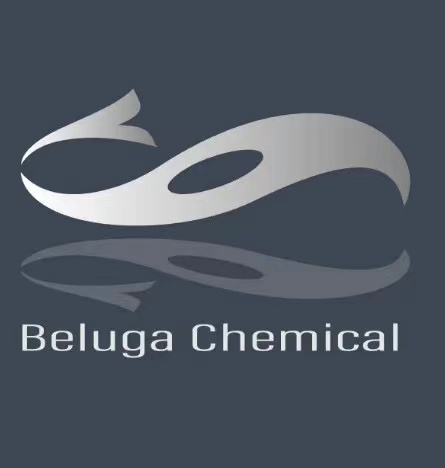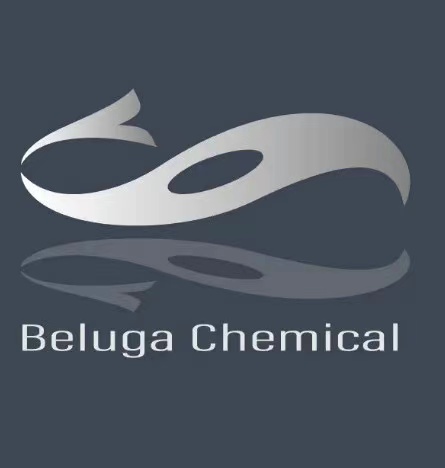
Product Details
|
60-18-4 Name |
|
|
Name |
L-Tyrosine |
|
Synonym |
3-(4-HYDROXYPHENYL)-L-ALANINE;2-Amino-3-(4-hydroxyphenyl)-propanoic acid;2-AMINO-3-(P-HYDROXYPHENYL)PROPIONIC ACID;4-HYDROXYPHENYLALANINE;FEMA 3736;H-L-TYR-OH;H-TYR-OH;L-3-[4-HYDROXYPHENYL]ALANINE |
|
60-18-4 Biological Activity |
|
|
Description |
L-Tyrosine is a non-essential amino acid which can inhibit citrate synthase activity in the posterior cortex. |
|
Related Catalog |
Research Areas >> Neurological Disease Natural Products >> Others |
|
Target |
Human Endogenous Metabolite |
|
In Vitro |
Results show that L-Tyrosine in vitro inhibits citrate synthase activity in the posterior cortex (2.0 and 4.0 mM), malate dehydrogenase is not altered by L-Tyrosine and succinate dehydrogenase is increased in the posterior cortex (0.1, 1.0, 2.0 and 4.0 mM), hippocampus (1.0, 2.0 and 4.0 mM), striatum (4.0 mM) and liver (0.1, 1.0, 2.0 and 4.0 mM). When complex I activity is analyzed, inhibition is observed in hippocampus (4.0 mM). In addition to inhibition in the hippocampus, complex II also is inhibited in the posterior cortex (0.1, 1.0, 2.0 and 4.0 mM) and liver (1.0, 2.0 and 4.0 mM). For complex II–III, activity is not altered by L-Tyrosine, and complex IV activity has decreased in the posterior cortex (1.0, 2.0 and 4.0 mM) following treatment with L-Tyrosine[1]. |
|
In Vivo |
The acute administration of L-Tyrosine inhibits the activity of citrate synthase in the posterior cortex and liver; however, in the striatum, the activity is increased. The results also demonstrate that acute administration of L-Tyrosine inhibits malate dehydrogenase and complex II, II–III and IV of the mitochondrial respiratory chain activity in the posterior cortex and liver of rats. The succinate dehydrogenase enzyme and complex I activity are inhibited in the posterior cortex and increased in the striatum. Furthermore, energy metabolism in the hippocampus is not amended by an acute administration of L-Tyrosine[1]. |
|
Kinase Assay |
Posterior cortex, hippocampus, striatum and liver supernatants of 30-day-old rats are pre-incubated for 30 min at 30°C in the presence of L-Tyrosine (Tyr) at final concentrations ranging from 0.1, 1.0, 2.0 or 4.0 mM, and the activities of citrate synthase, malate dehydrogenase and respiratory chain complexes I, II, II–III and IV are evaluated[1]. |
|
Animal Admin |
The equivalent of 500 mg/kg body weight of free L-Tyrosine is intraperitoneally administered in 30-day-old rats. Controls receive in saline solution. About 1 h after injections, rats are killed by decapitation without anesthesia[1]. |
|
References |
[1]. Ferreira GK, et al. Effect of L-tyrosine in vitro and in vivo on energy metabolism parameters in brain and liver of young rats. Neurotox Res. 2013 May;23(4):327-35. |
|
60-18-4 Chemical & Physical Properties |
|
|
Melting point |
>300 °C (dec.)(lit.) |
|
Boiling point |
385.2±32.0 °C at 760 mmHg |
|
Density |
1.3±0.1 g/cm3 |
|
Molecular Formula |
C9H11NO3 |
|
Molecular Weight |
181.189 |
|
Flash Point |
186.7±25.1 °C |
|
PSA |
83.55000 |
|
LogP |
0.38 |
|
Exact Mass |
181.073898 |
|
Vapour Pressure |
0.0±0.9 mmHg at 25°C |
|
Index of Refraction |
1.641 |
|
Water Solubility |
0.45 g/L (25 ºC) |
|
60-18-4 Uses |
|
Tyrosine is an amino acid. Cutaneous applications may produce an extra reserve of tyrosine in the skin, assisting or “activating” melanin synthesis. This in turn should increase and prolong the effect of the tanning process. Tyrosine’s effect is improved if the product contains vitamin B (riboflavin) plus an additional compound referred to chemically as ATP (adenosine triphosphate). experiments conducted with l-tyrosine in the form of watersoluble derivatives found that it penetrates the epidermis to the basal layer where the melanocytes are located. It is used in suntan accelerators and in skin-bronzing cosmetics to accelerate the tanning process. |








